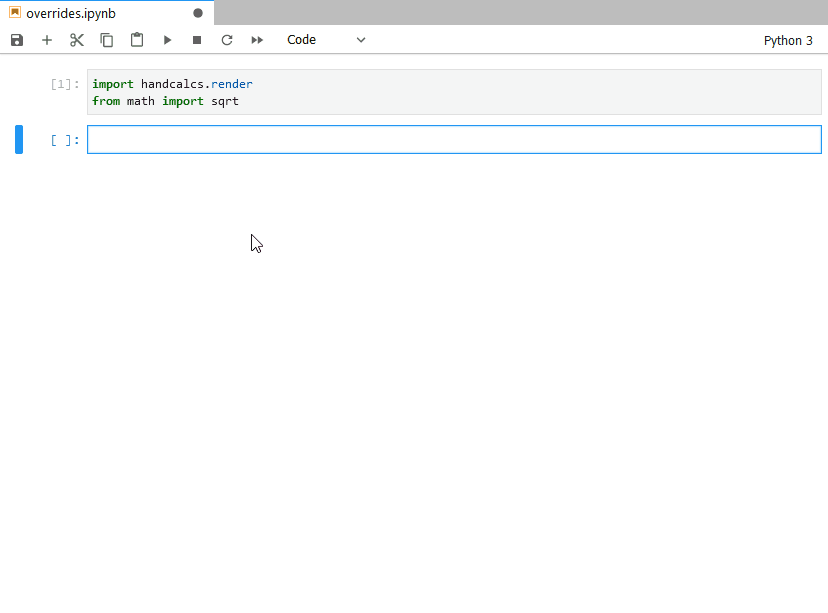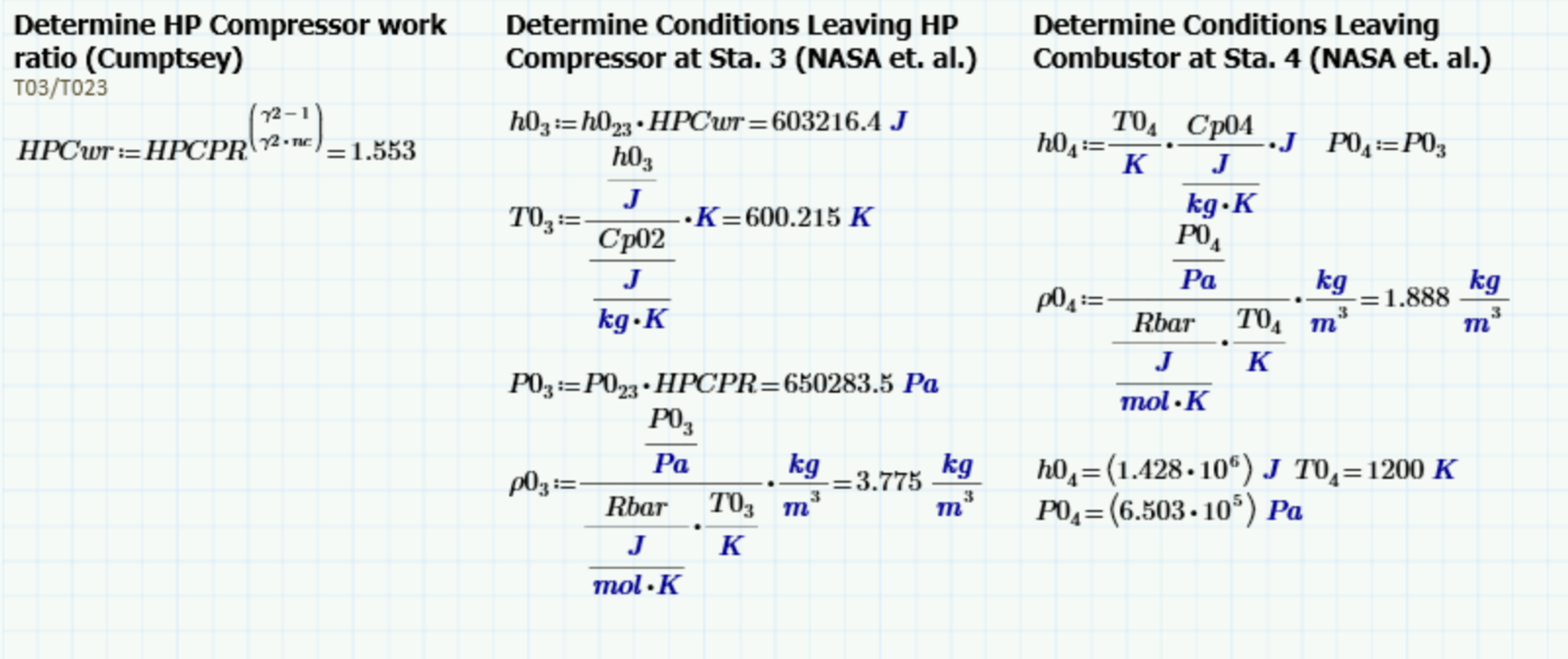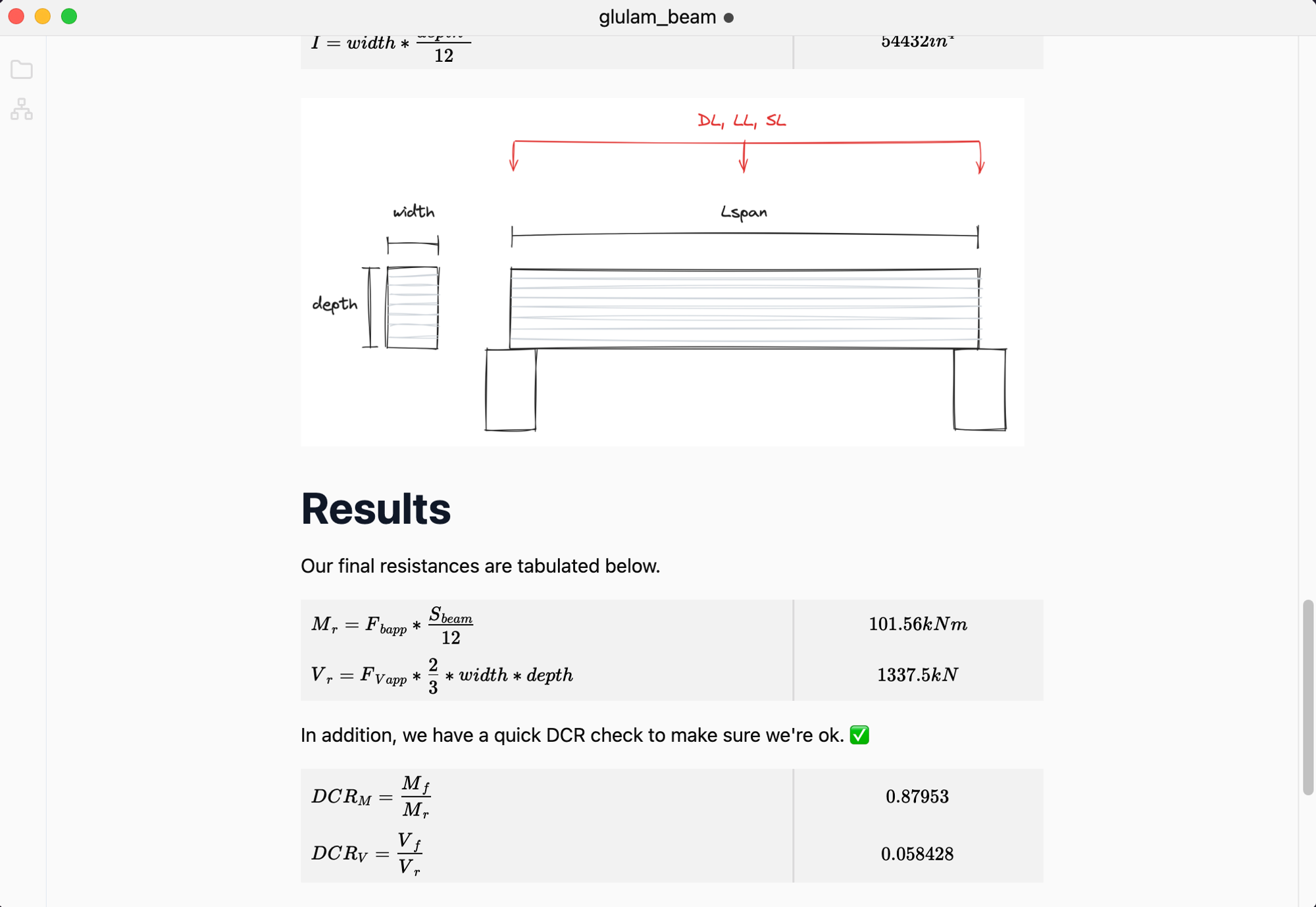The Quiet Elegance of Hand Calculations

Wait, what? You mean the stuff that my grandpa did before WWI? Well…
Though a tad hyperbolic, it seems that the general trend in the industry is moving towards more and more full package design and analysis solutions. These often generate 3d models with hundreds of loading parameters and up to thousands of elements.
I propose a counterpoint to that trend: hand calculations are just as, if not more important, than spending countless hours perfecting a detailed analysis model.
I don’t want to take out my pen and paper…

Despite the vivid imagery of engineers clutching tightly to their bright yellow calculation pads, I would define hand calculations as any that you create yourself. Whether they are electronic or not. The value of going through the motion to develop these is that they force you to think critically about what you are actually designing and analyzing.
As we map out the equations, follow the load path, and sketch out the deflected shapes of our structures, we develop a certain intuition for how things should behave given certain loading conditions and geometry. This intuition helps us in a lot of ways, such as
- client meetings when a stakeholder throws a new number our way,
- when we look at a new scheme for the first time,
- when a junior coworker asks us to check their work, and crucially,
- when we work with complex models.
How to do hand calcs
“Trust, but verify” is a common statement among engineers. The next time that you are doing a design using an automated tool or a model, try to take half an hour to go through the design process yourself manually. Convince yourself that the tool is behaving as it should by doing a quick verification calculation and that you understand the hidden assumptions and tradeoffs that the tool or model is making for you. Ask questions about key aspects that may not be surfaced like:
- Are the joint fixities reasonable?
- Is there an appropriate buckling length assigned?
- Is there an assumed live load reduction factor being used?
- Does the deflected shape make sense given the fixity and loading parameters?
What to use
- Excel if you’ve got nothing else. Use Named Ranges and FORMULATEXT() to name your variables and display your equations

- Connor Ferster’s excellent handcalcs package if you know python and Jupyter Notebook

- Mathcad if your company has a license

- Stride if you’re one of the lucky few in our closed beta right now 😊

- Or the classic trio of pen, paper, and calculator.
Use the right tool for the job
Just like choosing the right material or connection for different use cases, in the end, it’s important to use the right tool for the job. Use that complex model if the need arises, but balance that out with hand calcs that verify the key assumptions that the model makes behind the scenes.